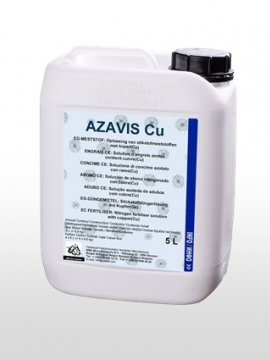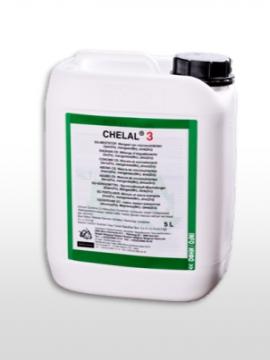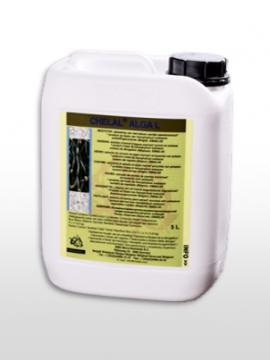You are here

Onions
Moderate to high sensitivity to the deficiency of: Mg, Cu, Mn
Low to moderately sensitivity to the deficiency of: Mo, Zn
(the sensitivity to the deficiencies of these nutrients can vary in function of the variety)
Onion plants have a very complex physiology. From the initial growth fazes until the ripening of the bulb, different factors as for example climate, nutrition and others have a strong influence on the development of the plant.
During the development of the plant 3 fazes can be distinguished:
- the vegetative growth, the production of leaves.
- the development of the bulb
- the ripening, the simultaneous drying of the leaves and the ripening of the bulb.
It is important to know that the transition of the vegetative faze to the development of the bulb not only depends on the amount and quality of the formed leaves, as is the case for most of the root vegetables, but also on the day length and the temperature during this faze. A good development of the leaves, as well in the quantity as quality, is still very important, because the leaves react on the light and the temperature and thus assure a good photosynthesis important for a good bulb development later on.
The ripening of the bulb is the last faze of the bulb development. It starts with weakening of the collar and if followed by the falling of the leaves (the collar folds back and the leaves will bend to the ground). Then the leaves will gradually dry out, starting with the eldest, the outside shells of the bulb will start discoloring and the roots will start to fall apart.
The ripening of the bulb is not only limited to the drying of the leaves. As long as the leaves are green and active they still play an important role. Up to the end the leaves produce different substances witch are important for the dormancy of the bulbs. The dormancy period is important for the storage of onions in warehouses.
Zinc applications with Chelal Zn:
- during or just after the sowing,
- stimulates the synthesis of growth hormones, so that the development of the leaves is faster.
- avoids any possible interruption of the vegetative growth.
If any stimulation of the vegetative growth is necessary during these initial fazes of the growth cycle, Kappa V can be applied.
Copper treatments with Chelal Cu:
- act as a stabilizer of the chlorophyll -> albumins -> lipids
- the enzymatic action of these complexes, prevent the early degradation of the chlorophyll and keeps the leaves longer green and active.
The copper can also be applied in the form of Chelal Kubig:
- This positive charged chelate, is an alternative way of feeding the plant with copper.
- A secondary effect is the increase of the plant resistance against bacterial infections and fungi.
► Fructol NF contains all the trace elements (except copper), and also some mayor elements assuring active leaves and thus a optimal production.






